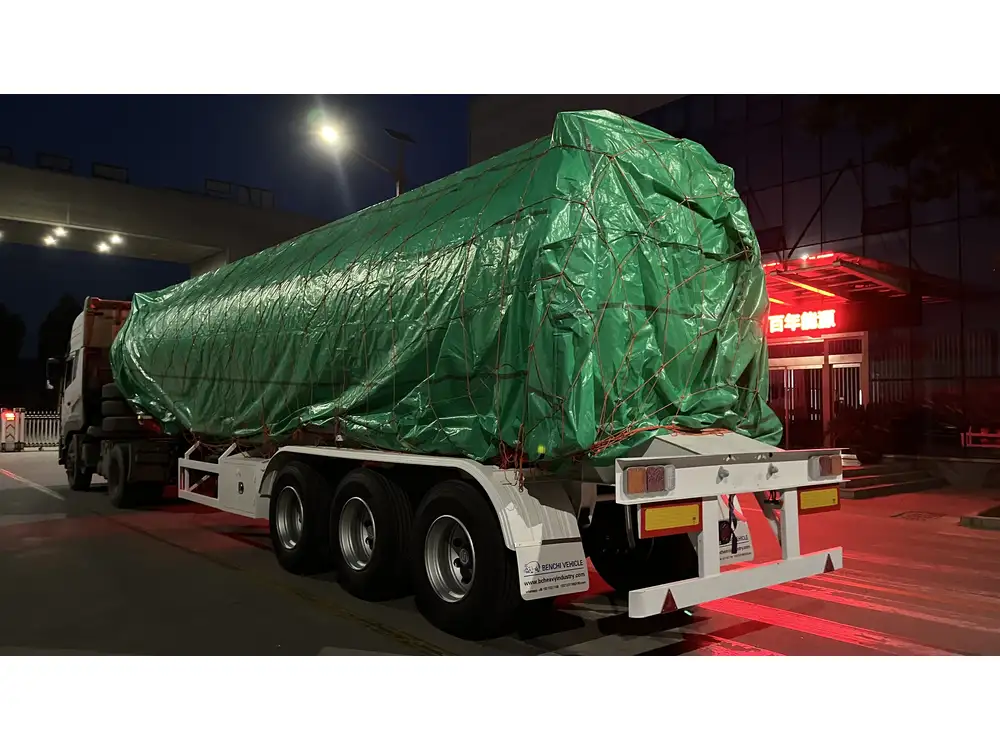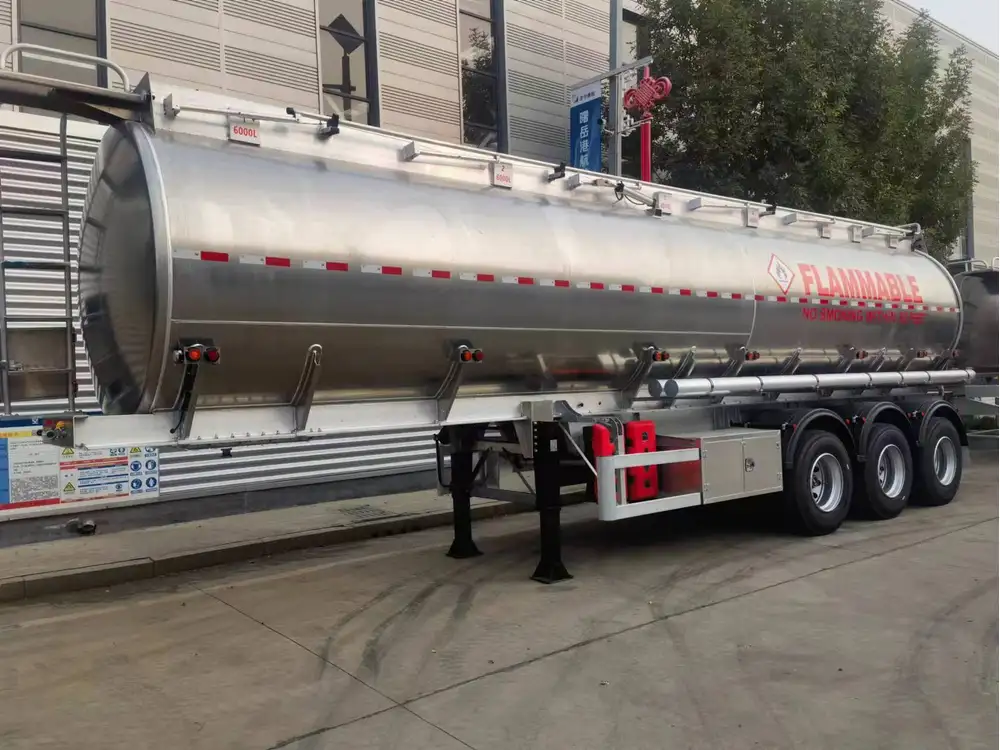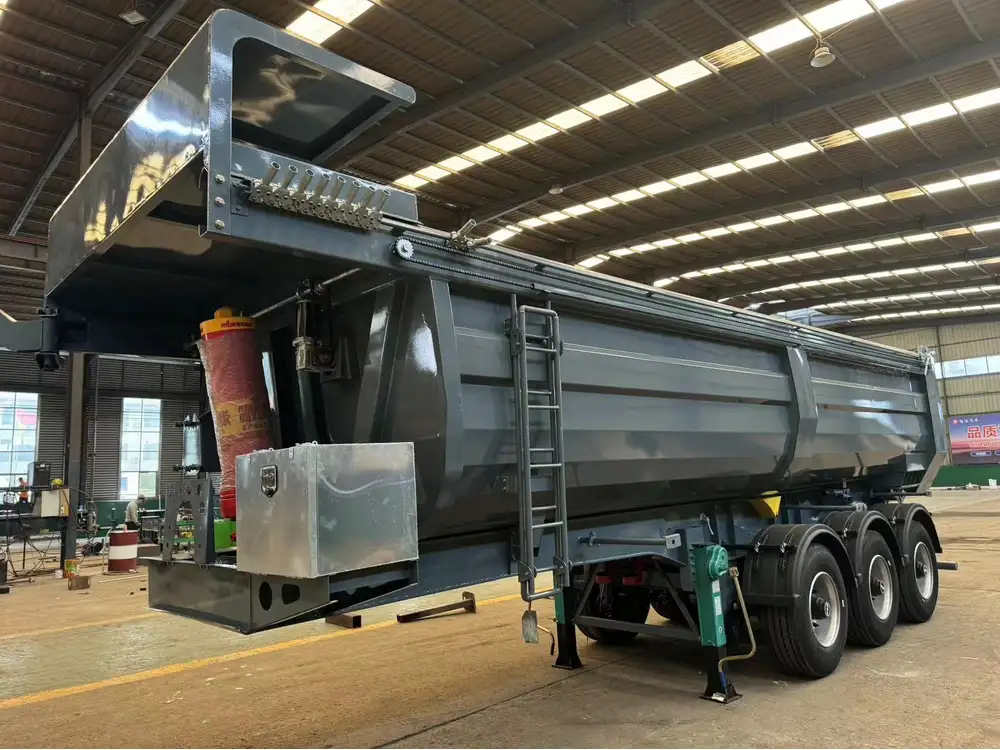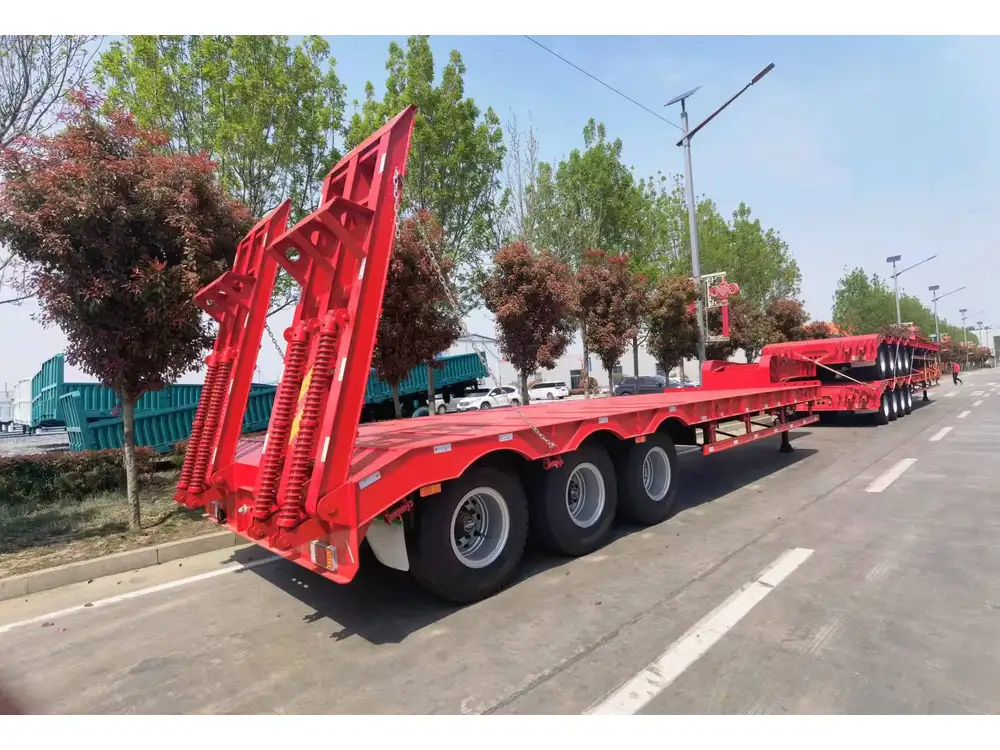Mounting a propane tank securely on a trailer is crucial for ensuring safety and efficiency while transporting propane to your destination. Whether you’re a seasoned professional or a new user in the field, this guide will provide a step-by-step process to ensure your propane tank is mounted correctly and securely.
Importance of Proper Propane Tank Mounting
Mounting a propane tank on a trailer requires meticulous attention for numerous reasons:
- Safety Concerns: An improperly secured tank poses risks of tipping, leakage, or even explosion.
- Regulatory Compliance: Different states have regulations governing the transportation of hazardous materials. Adhering to these is essential.
- Efficiency in Usage: Properly mounted tanks ensure easy access for refueling and maintenance.
Understanding Propane Tank Specifications
Before diving into the mounting process, it’s essential to understand the specifications of the propane tank you will be using.

Common Propane Tank Sizes
| Tank Size (Gallons) | Length (inches) | Diameter (inches) | Weight (lbs) |
|---|---|---|---|
| 20 | 18.5 | 12 | 37 |
| 30 | 24 | 12 | 54 |
| 40 | 30 | 12 | 81 |
| 100 | 48 | 30 | 188 |
Propane Tank Types
- DOT Cylinders: Commonly used for domestic applications; they are lighter and portable.
- ASME Tanks: More extensive for larger-scale operations; these are permanently mounted and can be found on mobile setups like trailers.
Step-by-Step Guide to Mounting a Propane Tank

Step 1: Gather Essential Tools and Materials
Before starting the installation, ensure you have all the necessary tools and materials:
Tools
- Drill with suitable bits
- Wrenches
- Socket set
- Safety goggles
- Measuring tape
- Level
Materials
- Appropriate propane tank mounting brackets
- Heavy-duty straps or chains
- Locking pin or bolt
- Rubber gaskets (for vibration dampening)
- Fire-resistant sealant
Step 2: Select a Suitable Location on the Trailer
Choosing the right location for your propane tank is critical for both functionality and safety:
- Center of Gravity: Place the tank closer to the trailer’s center to maintain balance.
- Accessibility: Ensure the tank is easily reachable for connection and maintenance.
- Away from Heat Sources: Keep the tank away from exhausts, brakes, or any open flames.
Step 3: Secure the Mounting Brackets

Preparing the Mounting Area
- Clean the Area: Remove any debris or rust from the surface of the trailer where the tank will be mounted.
- Measure Distances: Use a measuring tape to ensure the brackets will be positioned for the tank’s height and weight specifications.
Installing the Brackets
- Position the Brackets: Place the mounting brackets at the specified distances based on your tank’s dimensions.
- Drill Holes: Carefully drill holes into the trailer frame, ensuring they align with the brackets.
- Secure the Brackets: Use bolts and a wrench to secure the brackets firmly to the trailer, ensuring they are tight enough to bear the weight of the full tank.
Step 4: Secure the Propane Tank

Placing the Tank
- Lift and Position: With assistance, lift the propane tank and position it securely within the mounting brackets.
- Check for Level: Use a level to ensure the tank is sitting flat and level to prevent uneven pressure distribution.
Fastening the Tank
- Use Straps or Chains: Secure the propane tank using heavy-duty straps or chains. Make sure these are tightened enough to prevent any movement during transit.
- Locking Mechanism: If available, insert a locking pin or bolt into the brackets to secure the tank further, ensuring it cannot shift or fall off.
Step 5: Connection Setup

Regulator Installation
- Attach Regulator: Connect the propane regulator to the tank’s outlet valve. Ensure that the regulator itself is rated for the tank’s size and intended usage.
Line Connection
- Connect Hoses: Attach the propane lines to the regulator and any other appliances or systems needing propane. Check for kinks and ensure smooth flow.
Step 6: Conducting Safety Checks

Inspect for Leaks
- Visual Inspection: Check the connections to ensure there are no visible gaps or damages.
- Bubble Test: Apply soapy water to all connections; if bubbles form, there is a leak that must be fixed.
Step 7: Final Checks and Compliance
- Weight Distribution: Assess the weight distribution post-installation and adjust if necessary.
- Compliance Verification: Confirm adherence to local regulations regarding the transportation of propane tanks.
Additional Safety Measures

Using Fire-Resistant Sealant
Applying fire-resistant sealant around connections can prevent any leakages from causing explosive situations.
Regular Maintenance
Ensure regular checks on connections, as wear and tear can lead to potential hazards. Inspect connections at least quarterly and every time before a long trip.
Training and Certification
For operators dealing regularly with propane tanks, proper training in handling and emergency response is advised. Certification might be necessary based on local regulations.

Signs of Potential Issues
Be aware of warning signs, such as:
- Unusual odor resembling rotten eggs (indicative of propane leaks)
- Excessive frost on the tank or connections
- Hissing sounds when the tank is turned off
Emergency Response Preparedness
Always have access to:
- Fire extinguishers rated for flammable gas emergencies.
- A clear evacuation plan in case of a major leak or explosion.
Conclusion
Mounting a propane tank on a trailer is a responsibility that requires a keen focus on safety, regulatory compliance, and proper installation. By following the outlined steps meticulously, you can ensure that your propane tank is mounted robustly, minimizing risks and maximizing utility. Regular maintenance, training, and adherence to safety protocols are fundamental aspects of safely transporting propane.
By understanding the nuances of propane handling and installation, you can navigate the complexities of these setups confidently, ensuring your project or transportation needs are met without compromising safety.



